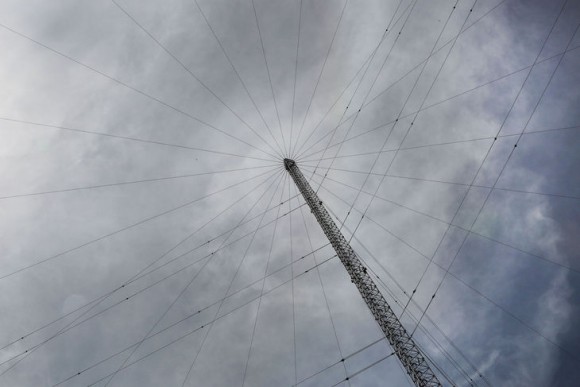
SAE International is a global association of more than 128,000 engineers and related technical experts in the aerospace, automotive and commercial-vehicle industries. They are perhaps the world’s largest voluntary consensus standards development organization.
Last year they published SAE 6857 “Requirements for a Terrestrial Based Positioning, Navigation, and Timing (PNT) System to Improve Navigation Solutions and Ensure Critical Infrastructure Security.”
One of the ways the organization funds itself is through document sales, so we can’t post a copy here. We can say, though, that it is a fairly comprehensive document that is a worthwhile purchase (only $81) and read for those in the community.
Here is an excerpt from its table of contents to give you an idea:
5. USE CASES AND SYSTEM DESCRIPTION ………………………………………………………………
6. SYSTEM AND PERFORMANCE REQUIREMENTS ………………………………………………………………………
6.1 Location Accuracy Requirements ……………………………………………………………………………………………
6.2 Uncertainty/Confidence………………………………………………………………………………………………………
6.3 Location Update Rates……………………………………………………………………………………………………………
6.4 Near-Real Time Navigation and Reporting Requirements ……………………………………………………………
6.5 Heading/Direction…………………………………………………………………………………………………………………..
6.6 Speed and Speed Accuracy …………………………………………………………………………………………………….
6.7 Availability/Yield in Areas of Need …………………………………………………………………………………………….
6.8 Performance in Various Environments …………………………………………………………………………………..
6.9 Reliability and Availability of Positioning Signals for Location/Time Synchronization ………………..
6.10 Security ………………………………………………………………………………………………………………………………
6.11 Resilience…………………………………………………………………………………………………………………………..
6.12 Accurate Timing/Synchronization ……………………………………………………………………………………………
6.13 Other Relevant PNT Requirements …………………………………………………………………………………..
6.13.1 Complexity and Mass Market Availability………………………………………………………………………
6.13.2 Regulatory Requirements ……………………………………………………………………………………………….
7. ALTERNATIVE GNSS TECHNOLOGIES…………………………………………………………………………………..
7.1 Cellular-Based Positioning Technologies ……………………………………………………………………………….
7.1.1 OTDOA (Observed Time Difference of Arrival) ………………………………………………………………………
7.1.2 Cell-ID …………………………………………………………………………………………………………………………………….
7.2 Enhanced Loran (eLoran) ………………………………………………………………………………………………………..
7.3 Metropolitan Beacon Systems (MBS) ………………………………………………………………………………………..
7.4 Sensors ……………………………………………………………………………………………………………………………….
7.5 WLAN-Based Methods…………………………………………………………………………………………………..
7.6 Hybridization ……………………………………………………………………………………………………………………..
8. CONCLUSIONS……………………………………………………………………………………………………………….
You can get your very own full copy here.


